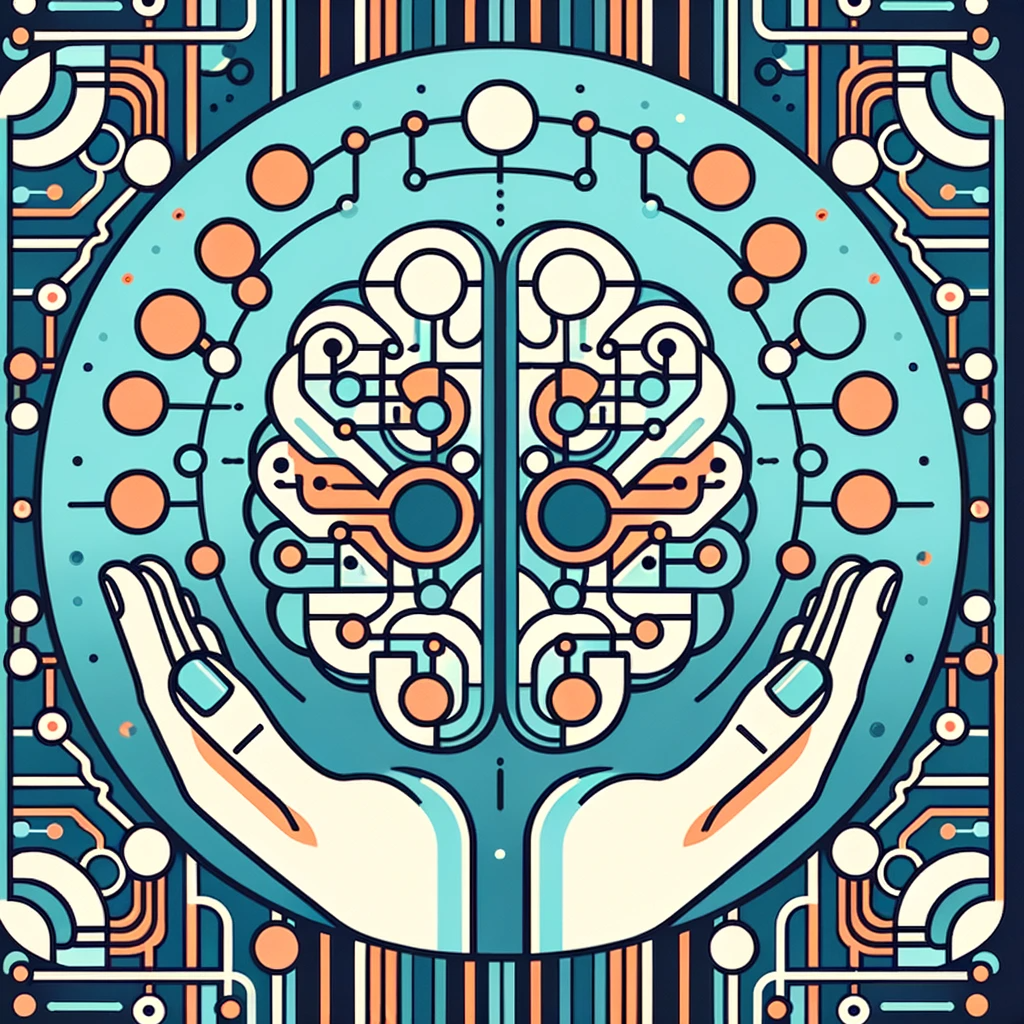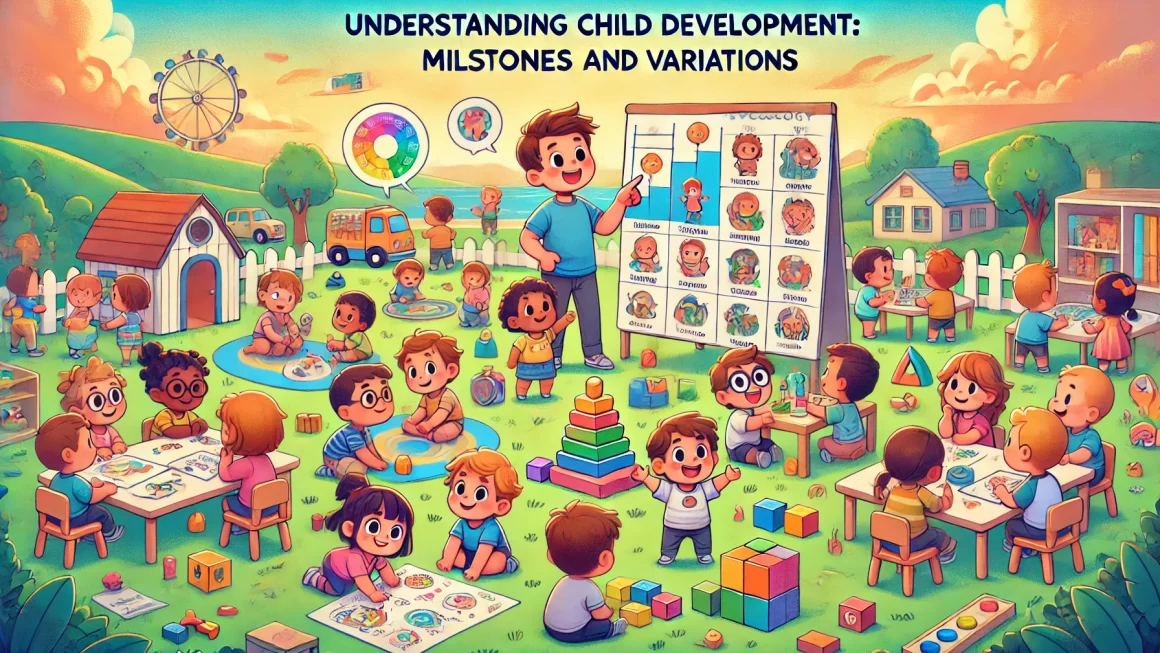Before diving into the topic, I must admit it was the first time I encountered this term in my class. Although I was familiar with the concepts of left/right brain functioning and their training, the new terminology initially left me perplexed. Recognizing that I might not be alone in this confusion, I decided to sit down with my mentor to devise a strategy. We aimed to create something insightful and accessible for readers, especially those who, like me, find themselves adrift in the vast sea of technical jargon and concepts.
Bilateral learning, in the broadest sense, refers to engaging both hemispheres of the brain in the learning process. The human brain has two hemispheres, left and right, each responsible for different functions. The left hemisphere is typically associated with logical thinking, analytical abilities, and language, while the right hemisphere is linked to creativity, spatial ability, and intuition.
How It Works: The theory behind bilateral learning suggests that by engaging both sides of the brain in a coordinated way, learning can become more effective. This approach contrasts with traditional methods that might predominantly engage just one hemisphere. For example, most school curriculums focus heavily on left-brain activities like reading and mathematics, often under emphasizing right-brain activities like art and creative writing.
Pros of Bilateral Learning
- Enhanced Learning Efficiency: Activities that stimulate both hemispheres can lead to improved memory, attention, and learning capacity. It’s believed that such activities encourage neural pathways to build more connections, enhancing brain plasticity.
- Balanced Skill Development: Bilateral learning promotes a more balanced skill set, fostering both creative and analytical abilities. This can lead to more well-rounded individuals.
- Therapeutic Applications: Techniques like EMDR (Eye Movement Desensitization and Reprocessing), which involve bilateral stimulation, have been effective in treating PTSD and other trauma-related conditions.
Cons and Counterarguments
- Oversimplification of Brain Function: Some neuroscientists argue that the concept of bilateral learning oversimplifies how the brain functions. Real-life brain activity is complex and doesn’t always neatly divide along hemispheric lines.
- Lack of Empirical Support: Critics point out a lack of rigorous scientific studies conclusively proving the superiority of bilateral learning methods over traditional ones.
- Individual Differences: There’s also a concern that bilateral learning approaches may not suit everyone, as individuals have unique learning styles and preferences.
Mind Mapping

What It Is: Mind mapping is a creative and logical method of note-taking and idea generation that visually structures information. It involves writing a central idea and branching out to related topics, creating a map-like structure.
How It Engages Bilateral Learning:
- Left Hemisphere Engagement: The act of organizing information, categorizing concepts, and structuring the map taps into the logical and analytical functions typically associated with the left brain. It involves linear thinking, sequencing, and detailed analysis, which are all left-brain activities.
- Right Hemisphere Engagement: Mind mapping also calls upon the right hemisphere’s capabilities. The use of colors, images, and spatial arrangement in mind maps stimulates creativity and intuition. Drawing connections between disparate ideas and using visual-spatial processing are right-brain activities.
Real-life Application: A student learning a complex topic, like the human circulatory system, could use a mind map to link various concepts (like heart function, blood vessels, blood types) with branches, colors, and images. This method not only helps in memorizing facts but also in understanding the system holistically.
Cross-lateral Physical Exercises

What They Are: Cross-lateral exercises are physical movements where limbs cross over the midline of the body. An example is the ‘cross-crawl’ exercise, where you touch your right knee with your left hand and vice versa.
How They Engage Bilateral Learning:
- Whole Brain Activation: These exercises require coordination and communication between both sides of the body, and by extension, both hemispheres of the brain. The movement across the body’s midline necessitates that the left and right hemispheres work together, promoting interhemispheric communication.
- Enhancing Cognitive Function: Such exercises are believed to improve concentration, memory, reading skills, and overall brain function. The simultaneous engagement of limbs in a coordinated manner challenges the brain and can enhance learning readiness and cognitive processing.
Real-life Application: In a classroom setting, a teacher might start the day with cross-lateral exercises to energize students and prepare their brains for learning. Similarly, these exercises can be used in brain breaks to help refocus and re-energize learners during long periods of study.
Conclusion
Both mind mapping and cross-lateral exercises are practical applications of bilateral learning. They demonstrate how combining creative and analytical tasks or engaging in physical activities that require coordination across the body’s midline can stimulate both hemispheres of the brain, potentially enhancing learning and cognitive function. These examples underscore the holistic approach of bilateral learning in both educational and personal development contexts.
Further Studies and References
For a deeper understanding of bilateral learning, consider exploring these resources:
- “The Whole-Brain Child” by Daniel J. Siegel and Tina Payne Bryson: This book offers insights into how different parts of the brain contribute to a child’s emotional and intellectual development.
- “Brain Rules” by John Medina: Medina’s work provides an accessible introduction to how the brain works, including how different brain functions can impact learning.
- Research in Neuroscience and Cognitive Psychology: Journals like ‘Neuropsychologia’ and ‘Cognitive Psychology’ often publish studies related to brain function and learning.
- EMDR Research: Look into studies by Francine Shapiro, the originator of EMDR therapy, for insights into how bilateral stimulation is used therapeutically.




